In an era of rapid technological change, designing libraries that remain relevant and functional for decades presents unique challenges. The key lies not in predicting future technologies but in creating adaptable spaces that can evolve alongside community needs. For civic leaders and library administrators planning new facilities or renovations, understanding these design principles is crucial for long-term success.
The Foundation of Flexibility
Creating truly adaptable library spaces begins with fundamental architectural decisions. Open, column-free floor plans serve as the canvas for future reconfigurations, while high-quality ambient lighting ensures spaces remain functional regardless of their ultimate use. These seemingly simple design choices have profound implications for a library’s long-term viability.
Modern library design must anticipate change while avoiding overly specific technological solutions that could become obsolete. This balance requires careful consideration of several key elements:
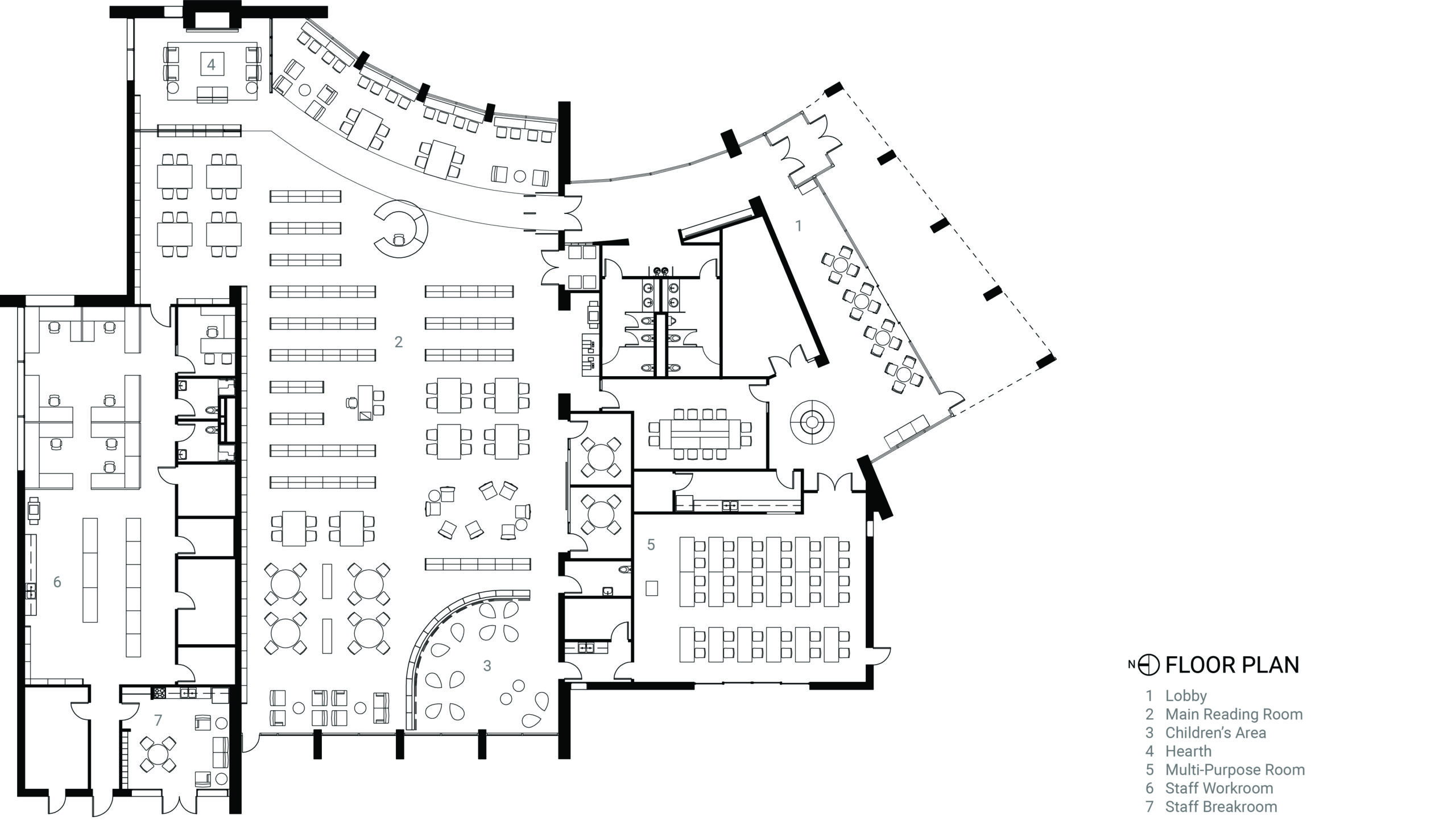
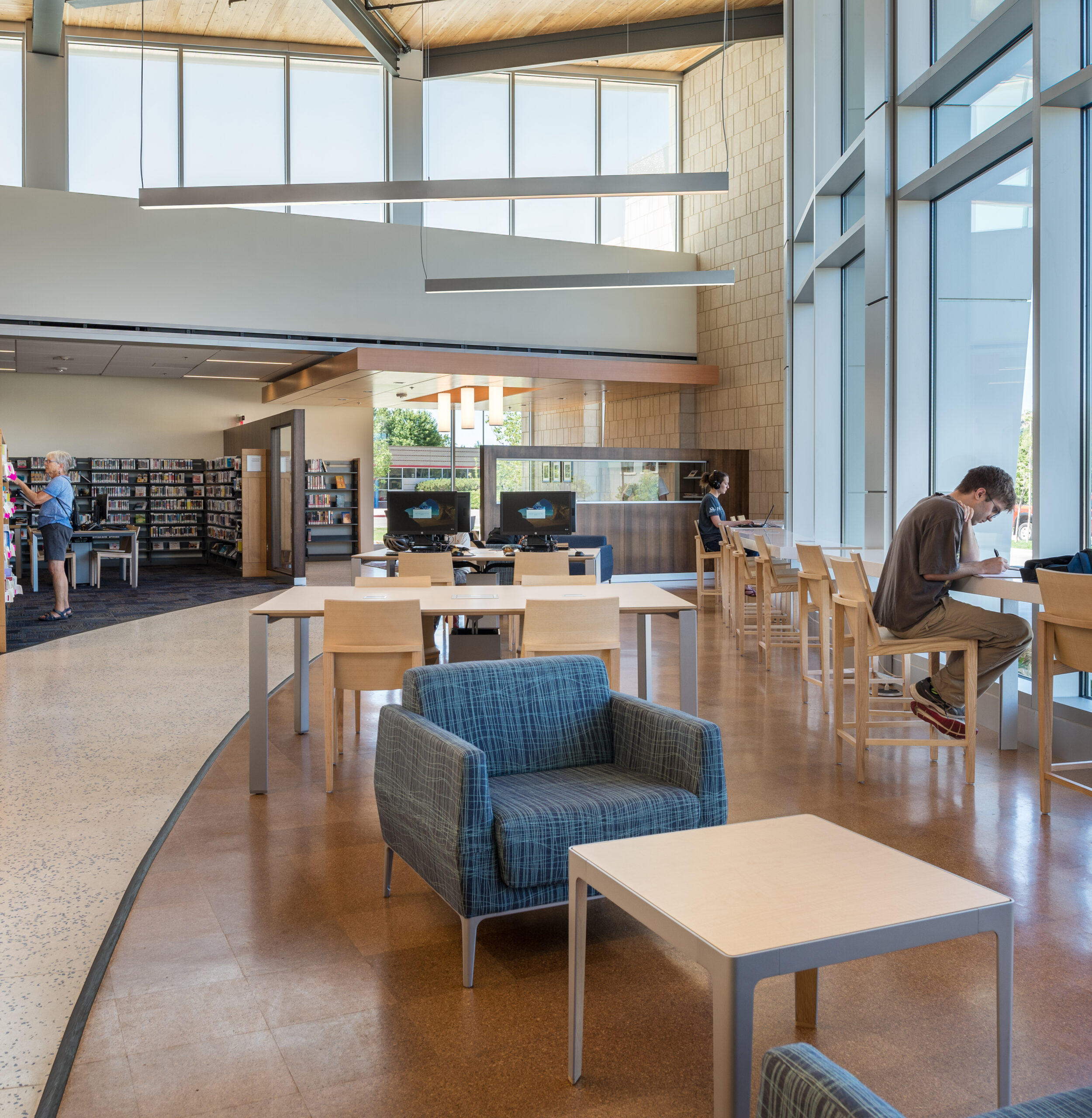
Infrastructure for Evolution
Successful future-proof designs incorporate robust infrastructure that supports both current and future needs:
Power distribution systems that accommodate changing device requirements
Flexible lighting systems that adapt to different space configurations
HVAC systems designed for varying occupancy patterns
Network infrastructure that can be easily upgraded
Mobile furniture systems that support multiple uses
The goal isn’t to predict every future need but to create a foundation that can adapt to changing requirements without major renovation.
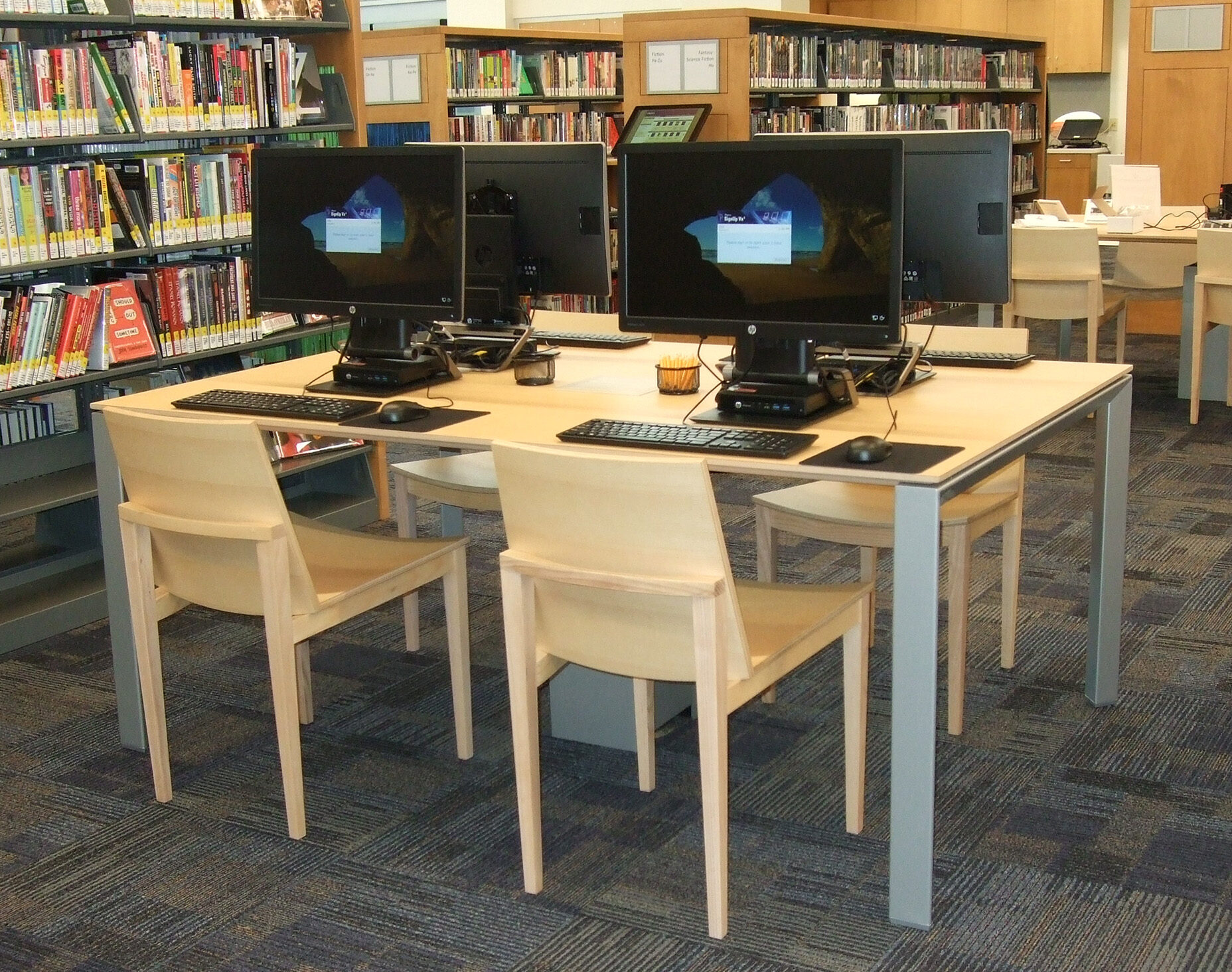
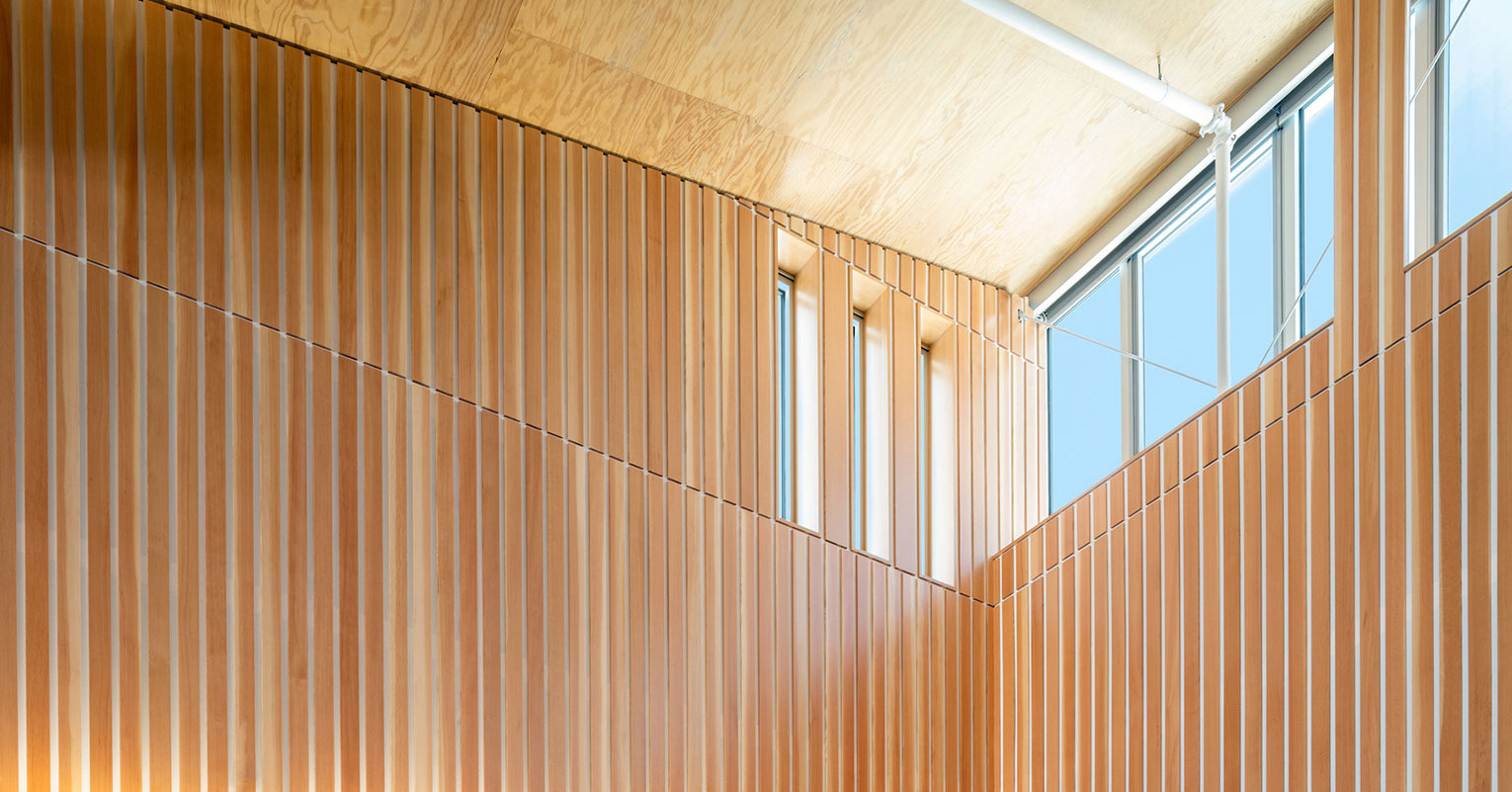
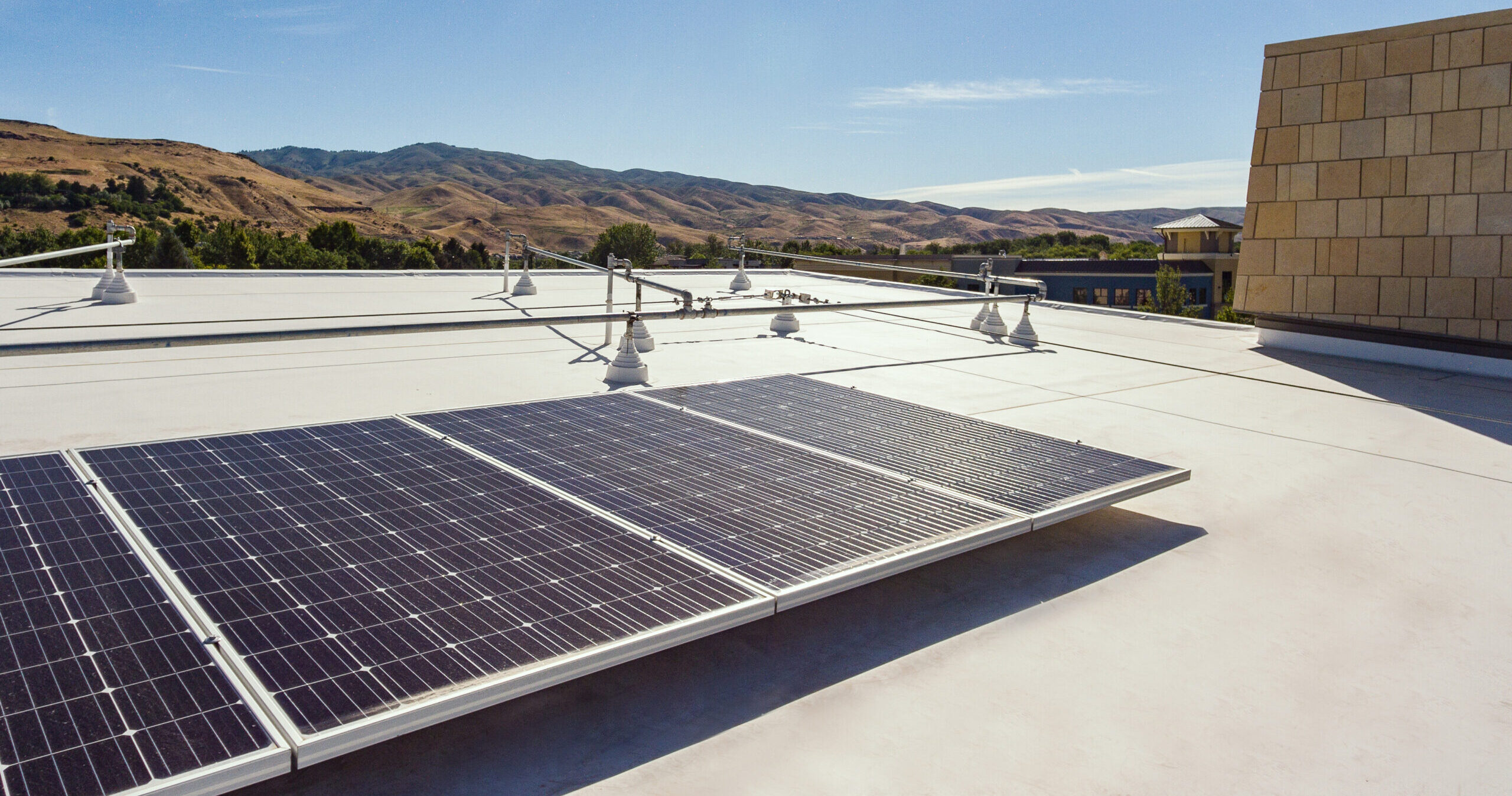
Technology Integration Without Obsolescence
One of the most challenging aspects of modern library design is integrating technology without creating spaces that feel dated when that technology evolves. Success in this area comes from focusing on principles rather than specific solutions:
Furniture systems that accommodate various devices rather than being designed for specific technology
Modular power and data solutions that can be easily updated
Flexible display and presentation systems
Mobile equipment that can be easily replaced or upgraded
Storage solutions that adapt to changing device lending programs
Sustainability Meets Technology
Modern library design increasingly integrates sustainable technologies that enhance environmental performance and user experience. Key features include:
Smart lighting systems that maximize natural light use
Energy-efficient HVAC systems with user-controlled zones
Photovoltaic arrays integrated into building design
Low-carbon materials like mass timber
Climate-responsive building materials and systems
